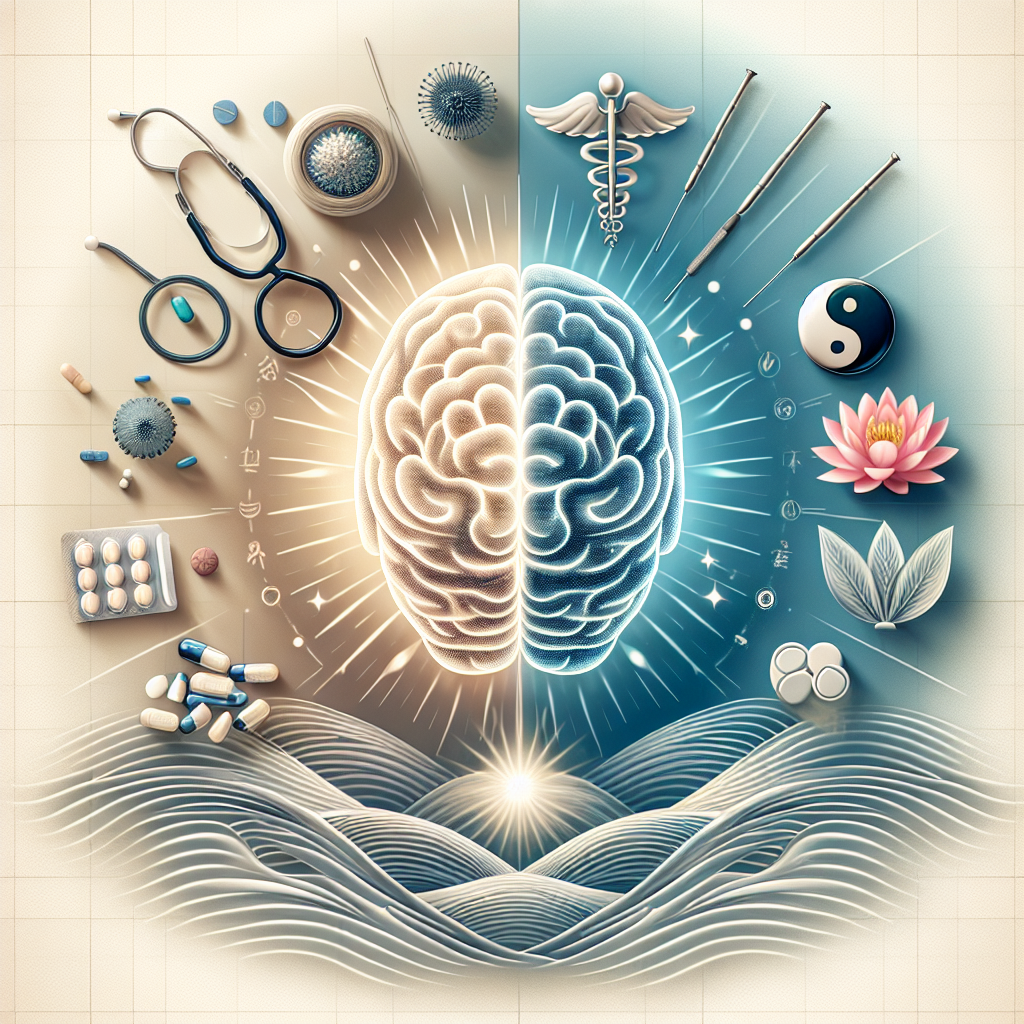Integrative Healing: Combining Western Medicine and Eastern Traditions to Combat Chronic Headaches
Chronic headaches, a malady as old as human civilization itself, present a complex challenge to both sufferers and healthcare providers. Defined typically as headaches occurring on fifteen or more days per month, these persistent pains significantly hamper the quality of life for millions worldwide. The quest for relief has led to the exploration of an array of treatments, ranging from the latest in Western medical advancements to time-honored Eastern healing traditions. The integration of these diverse approaches offers a promising path forward, blending the strengths of each to provide a comprehensive, holistic approach to headache management.
Western Medical Approaches to Chronic Headaches
Western medicine, with its foundation in rigorous scientific research and evidence-based practices, offers a variety of treatment options for chronic headaches. These typically start with pharmacological interventions, ranging from over-the-counter pain relievers like ibuprofen and acetaminophen to prescription medications such as triptans, which are specifically designed to treat migraines, and beta-blockers, which are used prophylactically to reduce the frequency and severity of headache episodes.
In addition to medication, Western practitioners often recommend lifestyle adjustments to help manage chronic headaches. This can include dietary changes, such as eliminating foods known to trigger headaches, establishing a regular sleep schedule, staying hydrated, and managing stress through techniques like biofeedback and cognitive-behavioral therapy.
For cases resistant to these treatments, more invasive procedures may be considered, such as Botox injections, nerve blocks, or even neuromodulation techniques like occipital nerve stimulation. These approaches underscore Western medicine’s focus on directly targeting the physiological processes believed to underlie chronic headaches.
Eastern Healing Traditions and Chronic Headaches
Eastern healing traditions offer a contrasting approach to managing chronic headaches, focusing on the balance and flow of energy within the body. Practices such as acupuncture, herbal medicine, yoga, and Tai Chi are grounded in the concept of restoring harmony to the body’s qi (vital energy) and thereby alleviating pain and disease.
Acupuncture, perhaps the most well-known of these practices, involves the insertion of thin needles into specific points on the body to rebalance the flow of qi. A growing body of scientific evidence supports its effectiveness in treating chronic headaches, with many patients reporting significant reductions in both the frequency and intensity of their headaches following treatment.
Herbal medicine, another pillar of Eastern healing traditions, employs a variety of plants and natural substances to treat headaches. Unlike Western pharmacology, which isolates specific active ingredients, Eastern herbalism emphasizes the synergistic effects of whole plant formulations, tailored to the individual patient’s imbalances.
Yoga and Tai Chi, as mind-body practices, contribute to headache relief through stress reduction, increased physical flexibility, and the promotion of overall well-being. These practices emphasize mindful movement, breathing techniques, and meditation, helping individuals to cultivate an inner sense of balance that can mitigate the impact of chronic headaches.
Integrating Western and Eastern Approaches
The integration of Western and Eastern approaches to managing chronic headaches represents a holistic paradigm that addresses both the physiological and energetic aspects of the condition. This integrative model encourages a personalized treatment plan that combines the best of both worlds, tailored to the needs and preferences of the individual.
For example, a patient might use Western medications to manage acute headache symptoms while also engaging in acupuncture sessions to address underlying imbalances and reduce overall headache frequency. Dietary recommendations might blend Western nutritional science with Eastern dietary principles, focusing on foods that support both physical health and energetic balance. Mind-body practices like yoga could complement cognitive-behavioral therapy, offering both physical and psychological benefits.
Such an integrative approach encourages a comprehensive view of headache management, recognizing that chronic headaches often arise from a complex interplay of factors, including physiological, environmental, and emotional elements. By embracing the strengths of both Western and Eastern traditions, patients are afforded a broader range of tools to combat chronic headaches, enhancing their ability to achieve lasting relief and improved quality of life.
Conclusion
Chronic headaches, with their multifaceted causes and impacts, require a similarly multifaceted approach to treatment. The integration of Western medical science and Eastern healing traditions offers a promising path forward, bridging the gap between these seemingly disparate worlds. Through such a holistic approach, individuals suffering from chronic headaches can find not only relief from their symptoms but also a deeper sense of wellness and balance. As the field of integrative medicine continues to evolve, the hope is that more and more people will benefit from this comprehensive, compassionate approach to headache management and overall health.

